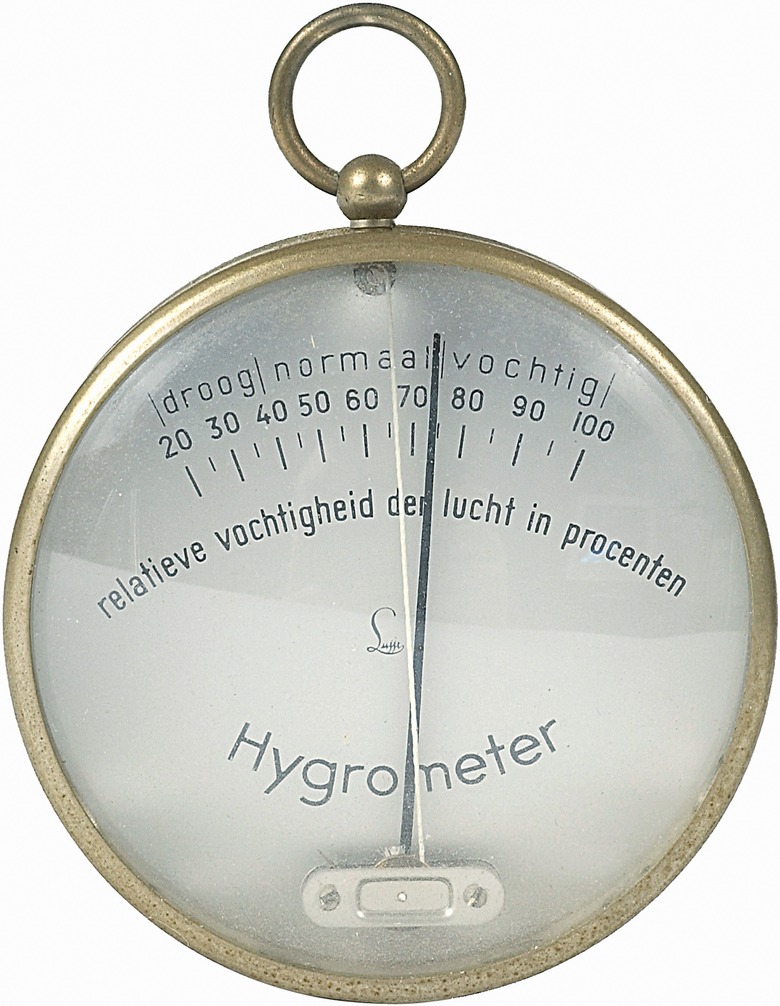Adding more water vapor makes it less conservative. Why not use the established/realistic values? No need to reinvent the wheel as far as conservatism -- just add that via gradient factors.I'm trying to be more conservative. After that, I will do more experiments and add more water vapor.
You are using an out of date browser. It may not display this or other websites correctly.
You should upgrade or use an alternative browser.
You should upgrade or use an alternative browser.
Question calculating NDL is difficult
- Thread starter int
- Start date
-
- Tags
- algorithm ndl calculation
Please register or login
Welcome to ScubaBoard, the world's largest scuba diving community. Registration is not required to read the forums, but we encourage you to join. Joining has its benefits and enables you to participate in the discussions.
Benefits of registering include
- Ability to post and comment on topics and discussions.
- A Free photo gallery to share your dive photos with the world.
- You can make this box go away
I'll work it out step by step. First of all, I made the overall framework, but since I confirmed that ndl does not fit the table, I will solve this part and apply the gf again.Adding more water vapor makes it less conservative. Why not use the established/realistic values? No need to reinvent the wheel as far as conservatism -- just add that via gradient factors.
Currently, gf is set to 99/99 for testing.
I suggest you use 100/100 first (basically ignore gradient factors) and compare to Subsurface. It's configurable (unlike a dive computer that will use actual atmospheric pressure and may give different numbers when a storm rolls through).
I appreciate your suggestion.I suggest you use 100/100 first (basically ignore gradient factors) and compare to Subsurface. It's configurable (unlike a dive computer that will use actual atmospheric pressure and may give different numbers when a storm rolls through).
I'll try this whole days.
If you are going to use the amount of water vapor in the air, be sure you understand the different measures of that process.

 sciencing.com
sciencing.com
SeaRat

Water Vapor Pressure Vs. Humidity - Sciencing
You may sometimes hear weather forecasters, scientists and engineers talk about humidity using a variety of terms -- such as relative humidity, vapor pressure and absolute humidity. All of these are just different ways to talk about the amount of water vapor in the air. Understanding what each...
SeaRat
Thanks for linking. I'll check after analyzing the subsurface.If you are going to use the amount of water vapor in the air, be sure you understand the different measures of that process.

Water Vapor Pressure Vs. Humidity - Sciencing
You may sometimes hear weather forecasters, scientists and engineers talk about humidity using a variety of terms -- such as relative humidity, vapor pressure and absolute humidity. All of these are just different ways to talk about the amount of water vapor in the air. Understanding what each...sciencing.com
SeaRat
Okay, I've been thinking this whole humidity thing over, and think this is a false flag. Why? Because the gas exchange doesn't happen in the mouth or mouthpiece, it happens in the alveoli of the lungs. In order for air to get into the alveoli (air sacs), it goes through the whole respiratory system, and by the time it's in the alveoli, it will be saturated with humidity from the diver's body. So the amount of water vapor in the air breathed probably (I'll check with some other resources tomorrow) doesn't matter, as the body will want the air to be completely saturated with water vapor when in the air sac (alveoli). If this were not the case, the air sac itself would suffer as water would be pulled from the membrane into the air.
Also, I'll need to review the gas laws, but from what I remember, there is a law about partial pressures, and I don't think the partial pressure of the nitrogen in the air would change depending upon the humidity of that air. I'll look tomorrow, but if my memory is correct, the amount of nitrogen absorbed into the blood stream is more dependent upon the partial pressure inside the air sac (alveoli) as compared to that of the blood stream than the actual volume of the gas is the air inside the air sac (alveoli). We might want to ask this in the Diving Physiology and Physics part of this forum.
SeaRat
Also, I'll need to review the gas laws, but from what I remember, there is a law about partial pressures, and I don't think the partial pressure of the nitrogen in the air would change depending upon the humidity of that air. I'll look tomorrow, but if my memory is correct, the amount of nitrogen absorbed into the blood stream is more dependent upon the partial pressure inside the air sac (alveoli) as compared to that of the blood stream than the actual volume of the gas is the air inside the air sac (alveoli). We might want to ask this in the Diving Physiology and Physics part of this forum.
SeaRat
Thank you for your exploration. I didn't know exactly how the water vapor worked. I just saw it in the paper and how to apply it.Okay, I've been thinking this whole humidity thing over, and think this is a false flag. Why? Because the gas exchange doesn't happen in the mouth or mouthpiece, it happens in the alveoli of the lungs. In order for air to get into the alveoli (air sacs), it goes through the whole respiratory system, and by the time it's in the alveoli, it will be saturated with humidity from the diver's body. So the amount of water vapor in the air breathed probably (I'll check with some other resources tomorrow) doesn't matter, as the body will want the air to be completely saturated with water vapor when in the air sac (alveoli). If this were not the case, the air sac itself would suffer as water would be pulled from the membrane into the air.
Also, I'll need to review the gas laws, but from what I remember, there is a law about partial pressures, and I don't think the partial pressure of the nitrogen in the air would change depending upon the humidity of that air. I'll look tomorrow, but if my memory is correct, the amount of nitrogen absorbed into the blood stream is more dependent upon the partial pressure inside the air sac (alveoli) as compared to that of the blood stream than the actual volume of the gas is the air inside the air sac (alveoli). We might want to ask this in the Diving Physiology and Physics part of this forum.
SeaRat
I'll try to understand your writing step by step.
Thank you again.
Geoff Belter was part of a group of UTD students in various stages of training under UTD instructor George Watson. That training was being done primarily at Rock Lake in New Mexico, the only true tech diving site in the region. I was part of that group, and I dived with both Geoff and George many times before I left the group in 2011 and completed my trimix training with TDI instead. Because of that act of disloyalty, I was no longer allowed to dive with that group, so I lost touch with them for several years.I assume you're referring to Geoff Belter, who died in 2014 on a technical dive in Lake Sibinacocha in Peru. I remember hearing about that but never saw the details. Do you know if there was ever a real accident report published? There's a short article in Outside magazine but some parts don't make sense.
By the time of this incident, I had become a tech instructor myself and was allowed to lead dive groups at Rock Lake. I happened to be leading such a group at the same time my old group was also diving there, and we had dinner together. George talked at length about the incident. After that, several of the remaining members of that original group completed their trimix training under me, and we talked extensively about their understandings of the incident.
Geoff was extremely well liked by all of us, and his death hit us all hard. A couple years after that, we met at Marianna, Florida and deposited a memorial deep in the Jackson Blue cave.
It is my understanding that the Duke Center for Dive Medicine studied this, and perhaps @Duke Dive Medicine can provide more information.
The one piece of information I was unable to gather was what they were using for an ascent profile on their planned dive to 200 feet. As I wrote earlier, I was told that only a few people in the world could plan the dive. When I was with the group, we were required to plan all decompression dives using the UTD version of Ratio Deco, which UTD insisted did not need to be adjusted for altitude, but I don't think they would use it at that altitude without making changes.
Similar threads
- Question
- Replies
- 13
- Views
- 3,272
- Replies
- 0
- Views
- 263
- Replies
- 29
- Views
- 1,751
- Replies
- 23
- Views
- 3,111
- Replies
- 34
- Views
- 3,803



